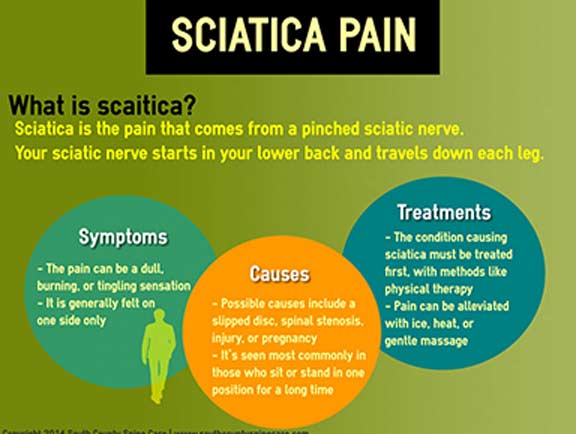A Day In The Life Of A Back Pain Sufferer: Tips For Taking Care Of Pain At The Office
A Day In The Life Of A Back Pain Sufferer: Tips For Taking Care Of Pain At The Office
Blog Article
Short Article By-Booker Thyssen
Envision browsing via your day with a continuous pointer of pain remaining in your back. The battle to locate alleviation while handling tasks can be intimidating. However, with the appropriate strategies in position, handling your back pain at the workplace can be less of a burden. By making simple adjustments to your workspace and integrating targeted practices, you can take control of your pain and improve your performance. Stay tuned to discover practical tips that could make a substantial distinction in your day-to-day job regimen.
Typical Triggers of Pain In The Back
When it comes to managing pain in the back at work, recognizing the common triggers is important. Poor posture rates high among these triggers. Resting hunched over at your desk for long term durations can strain your back muscular tissues and cause pain.
Raising heavy items incorrectly is one more offender. Bear in mind to flex your knees and utilize your legs, not your back, when raising to avoid unnecessary strain.
Absence of movement throughout the day can also contribute to neck and back pain. Make a mindful initiative to take time-outs to extend and walk around, as long term resting can intensify discomfort.
In addition, anxiety is a substantial trigger for back pain. High stress degrees can cause muscle mass stress, specifically in the back area, causing pain. It's necessary to discover healthy and balanced ways to take care of stress and anxiety, such as deep breathing exercises or mindfulness methods.
Finally, insufficient functional designs in your work area can also bring about pain in the back. Guaranteeing your chair, workdesk, and computer system configuration are ergonomically pleasant can make a significant difference in minimizing strain on your back.
Ergonomic Workstation Configuration
To create a workspace that supports your back wellness and decreases the danger of pain, concentrating on an ergonomic workstation configuration is essential.
Beginning by changing your chair to ensure that your feet are flat on the flooring, knees go to a 90-degree angle, and your reduced back is supported by the chair's back support.
Ensure your computer screen goes to eye level to avoid straining your neck and shoulders.
Placement your keyboard and computer mouse near you to prevent reaching and straining your arms.
Take routine breaks to stand up, stretch, and walk around to reduce tightness and advertise circulation.
Consider making use of a standing workdesk or a workdesk converter to alternative between sitting and standing throughout the day.
Keep in mind to maintain frequently made use of things within arm's reach to prevent turning or overreaching.
Energetic Approaches for Discomfort Relief
Trying to find methods to actively ease neck and back pain while at the office? Integrating headache after chiropractor yet effective methods can assist ease pain and boost your efficiency. Begin by taking time-outs throughout the day to extend and walk around.
Mild exercises like shoulder rolls, neck stretches, and standing hamstring stretches can loosen tight muscles and alleviate stress. Additionally, exercising excellent pose is vital for decreasing neck and back pain. Sit up right, readjust your chair to sustain your lower back, and maintain your feet level on the floor.
Participating in Highly recommended Site of job can likewise contribute to discomfort alleviation. Activities such as strolling, swimming, or yoga can strengthen your back muscle mass and enhance adaptability, leading to better pain management over time. Keep in mind to remain moisturized and preserve a healthy and balanced diet to sustain total spinal column health and wellness.
Furthermore, consider making use of ergonomic tools like lumbar pillows or standing workdesks to promote proper alignment and reduce stress on your back. By actively including these strategies into your day-to-day routine, you can proactively manage neck and back pain and boost your convenience at work.
Final thought
To conclude, by carrying out these aggressive methods at the office, you can successfully handle your back pain and boost your general health. Keep in mind to produce an ergonomic workstation configuration, take routine breaks to extend, participate in mild workouts, and preserve excellent position. With these tips, you can mitigate the influence of neck and back pain and make your day much more comfortable and productive. Stay proactive and deal with your back to feel much better at the office.
